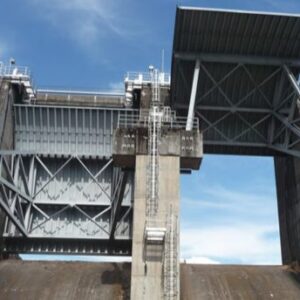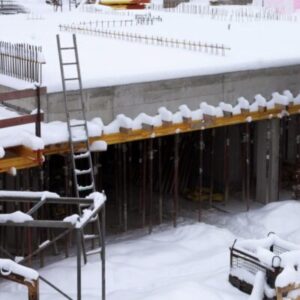Description
No matter how carefully coefficients are evaluated and biological or kinetic models reviewed, if sufficient consideration is not given to optimization of the pond layout and construction, the actual efficiency of the system may be far less than the calculated efficiency. The biological factors affecting wastewater pond performance must be understood so that a reasonable estimate of the hydraulic residence time required to achieve a specified efficiency is incorporated into the design. But it is the physical factors, such as length to width ratio, placement of inlet and outlet structures and redundancy in design that determine the actual treatment efficiency that can be achieved. The danger of groundwater contamination frequently imposes seepage restrictions, necessitating lining or sealing the pond. Reuse of the pond effluent in dry areas where all water losses are to be avoided may also dictate the use of linings. Layout and construction criteria should be established to reduce dike erosion from wave action, weather and burrowing animals. Transfer structure placement and size affect flow patterns within the pond and determine operational ability to control the water level and discharge rate. These important physical design considerations are discussed in the following technical paper.
 TP - 1107 An Introduction to Design of Building Envelopes for Professional Engineers
1 × $4.99
TP - 1107 An Introduction to Design of Building Envelopes for Professional Engineers
1 × $4.99  TP - 1104 An Introduction to Design of Groundwater Relief Wells for Professional Engineers
1 × $4.99
TP - 1104 An Introduction to Design of Groundwater Relief Wells for Professional Engineers
1 × $4.99  TP - 1101 Dam Arch Foundation Investigations
1 × $4.99
TP - 1101 Dam Arch Foundation Investigations
1 × $4.99 

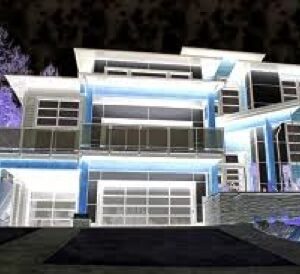 TP - 1107 An Introduction to Design of Building Envelopes for Professional Engineers
TP - 1107 An Introduction to Design of Building Envelopes for Professional Engineers 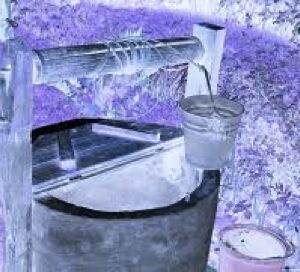 TP - 1104 An Introduction to Design of Groundwater Relief Wells for Professional Engineers
TP - 1104 An Introduction to Design of Groundwater Relief Wells for Professional Engineers 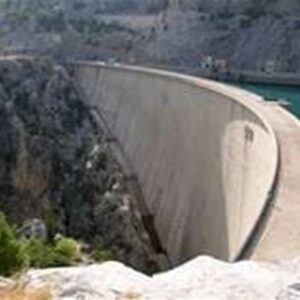 TP - 1101 Dam Arch Foundation Investigations
TP - 1101 Dam Arch Foundation Investigations 
